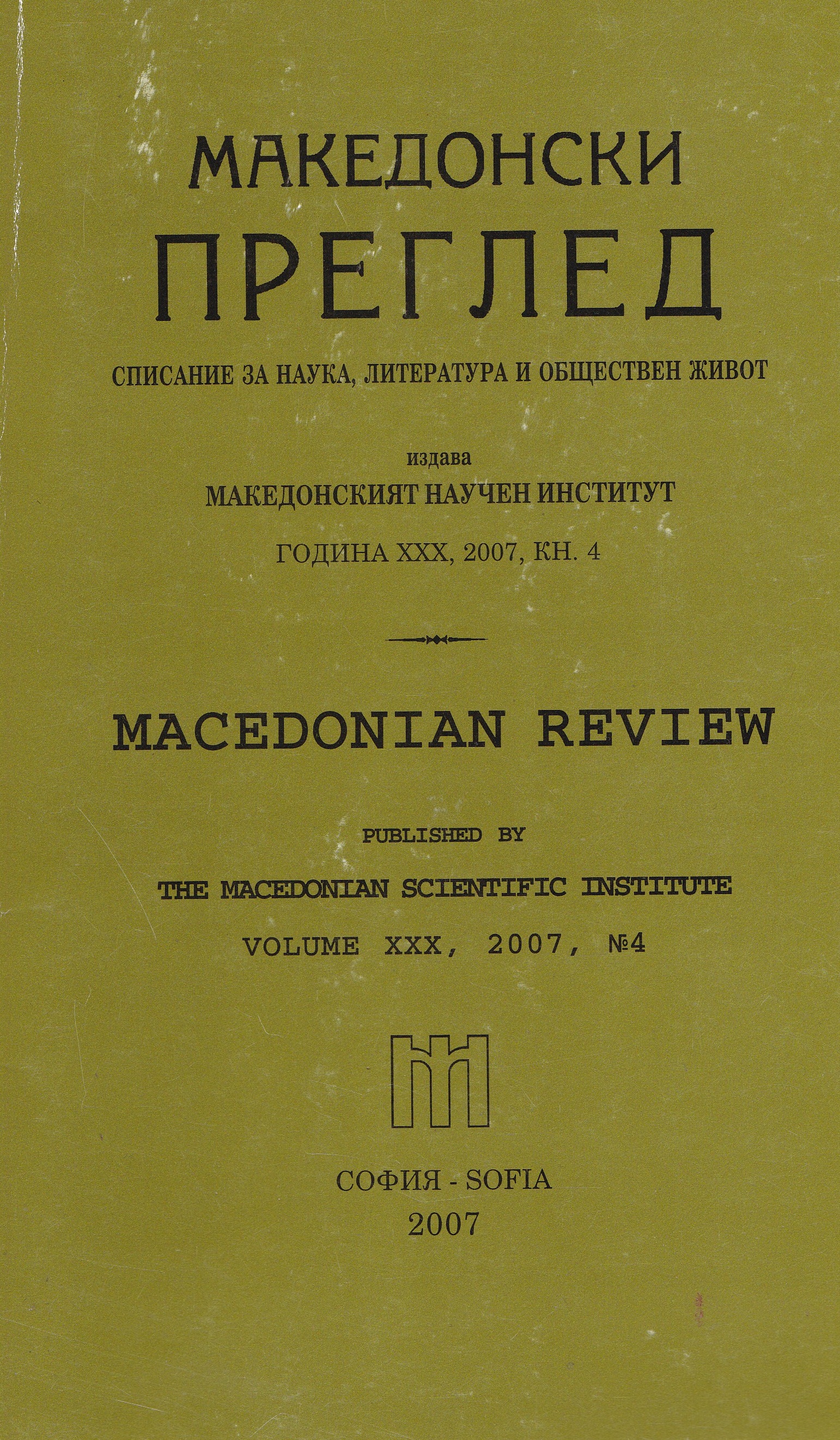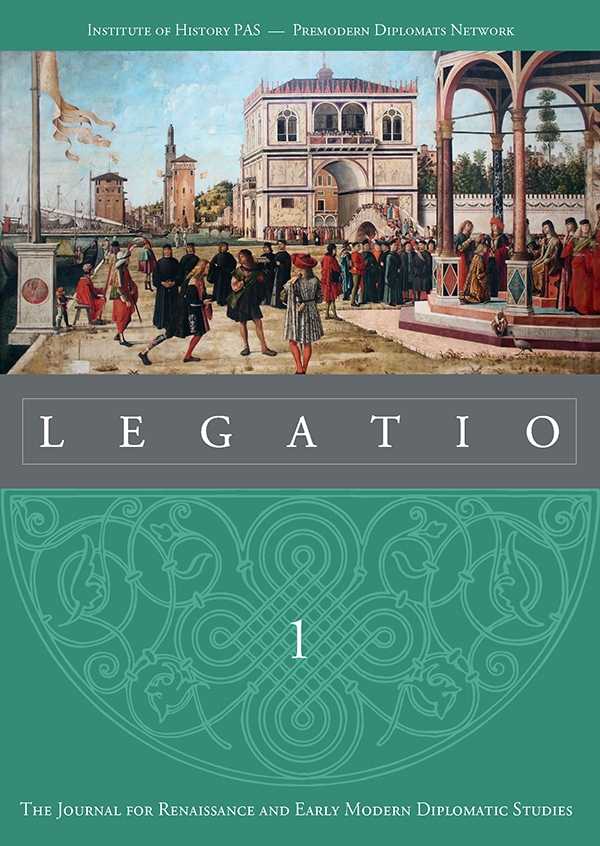Author(s): Levent Kayapinar / Language(s): English
Issue: 1/2017
The region containing the Kazanlak nahiye constitutes the Liva of Chirmen. Within this liva, there are the kazas (districts) of Chirmen, Yenice- i Zagara, Kazanlak, Yenice- i Chirpan, Haskioy and Tekirdag. The Chirmen region is incorporated by the Ottomans before 1370 along with Plovdiv and Zagara following the conquest of Adrianople. The settlement of Kazanlak isn’t recorded as such until 1421 when it was registered in appendix of the foundation charter of Sarucaoglu Umur Beg vakf. The date of the foundation charter was 1415, but its appendix was inserted in 1421. This paper focuses on the economic and demographic development of Kazanlak after 1415 until 1594. It is based on primary Ottoman sources. In the first land survey dated 1466, Pazarcik is recorded as the centre of Kazanlak. In this period, Kazanlak has the status of nahiye and twenty eight villages are attached to it. Moreover, in the centre of Kazanlak, there is a mosque, public bath, mill, caravanserai and two shopping places tied to the Umur Beg vakf. In that respect, it seems that Umur Beg vakf is among the primary elements which transformed the village into a town. In an Ottoman survey register dated to 1515, we also come across a bozahane in the settlement. It’s also noted that this bozahane’s income was enjoyed by Alparslan Bey of the Candaroglu family (who was established around Central Northern Anatolia), who was one of the first governors of Chirmen sancak. In 1530 Kazanlak is registered as a town and the kada of Kazanlak has an income rate of 35 akches a day. 804 Muslim houses (150 of whom lived in the kaza centre) of yoruk origin lived in the town centre and twenty villages of the kaza. Furthermore, there were also 360 Christian households in the Kazanlak. Christian households were located in Kechideresi, Akbash and Yassaviran villages. In the Okchular village, there were 37 kureci (miners) households and 38 houses of Aktav Tartars. There were also 38 households of cheltikcis (rice cultivators) in Elvanla and Yemishchi villages. Among the economic activities of Akchakanzalak villagers, we come across miners and rice farmers in general. In the 1541 survey, it becomes clear that four mahalles (quarters) had come into being in Kazanlak carrying the names Cami, Musalla, Ashaklar and Turkmen and they preserve their status also in the 1594 survey. In 1530, the total income of the Chirmen liva (which included Kazanlak) was 1 153 370 akches and 15% of it (117406) was provided by Kazanlak. This total was thanks to the production of wheat, barley, rye, cotton, orchards, fruits and rice along with the husbandry of animals such as sheep and pigs and bee-keeping. Commercial activities under this umbrella were mining and management of boza houses, mills and shops.
More...










